12 of My Favorite Songs by The Cure
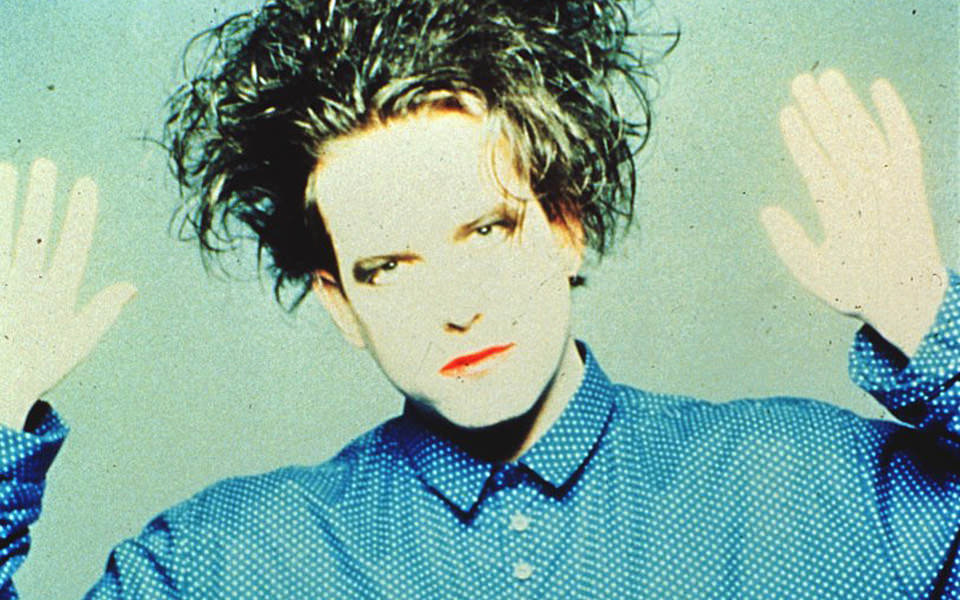
On June 8, the Cure will be releasing a three-disc “deluxe edition” of Disintegration, an album considered by many — myself included — to be their finest work as well as one of the greatest albums, “alternative” or otherwise, of all time.
So, to celebrate this rather momentous occasion, I’ve compiled a list of 12 of my favorite Cure songs — one for each track on Disintegration — and ordered them by release date.
1. “10:15 Saturday Night” (Three Imaginary Boys, 1979)
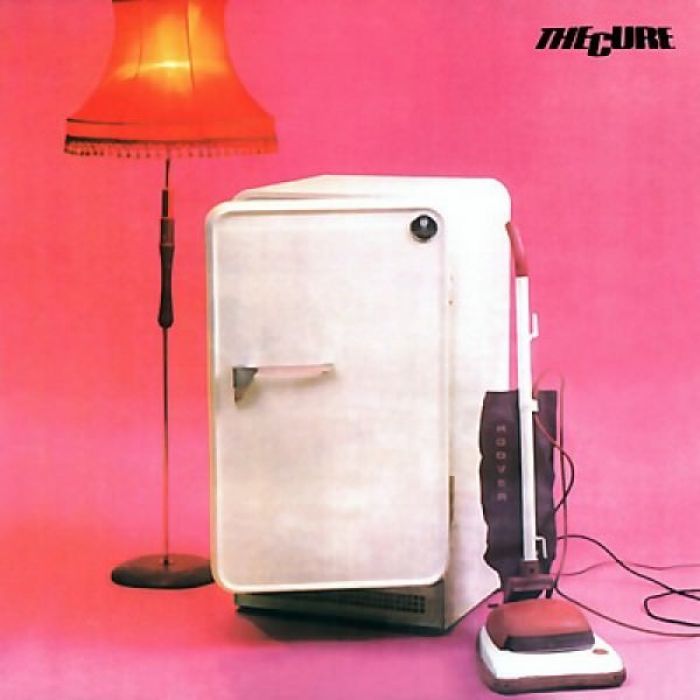
According to Cure lore, “10:15 Saturday Night” was the song that got the band signed to Fiction, their label home for over twenty years. Penned by Robert Smith when he was only sixteen, it’s a wonderfully morose piece of songwriting, and hints at what was to come.
An incredibly young yet very angst-ridden Smith intones “10:15 on a Saturday night/And the tap drips under the strip light/And I’m sitting in the kitchen sink/And the tap drips, drip, drip, drip…” while his guitar simmers in the background, erupts in a ragged, angular solo, and quickly settles back down as if nothing happened. It’s a wonderful example of songwriting efficiency from a band that has become primarily known for their more grandiose exercises in mopery.
2. “A Forest” (Seventeen Seconds, 1980)
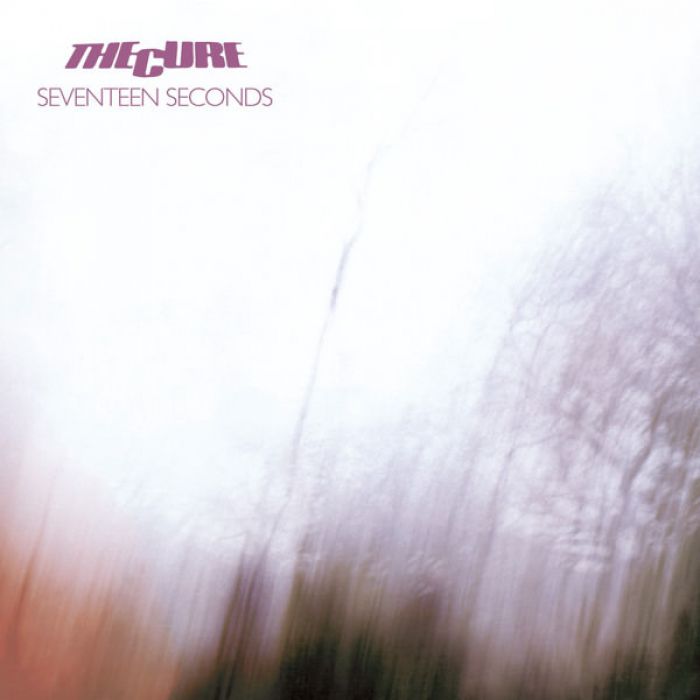
My friend Kevin and I started a band back in high school. However, I think we only wrote one song so I use the term “band” very loosely. We actually spent most of our Sunday afternoon “practice sessions” listening to The Cure and watching Cure videos (and reading comic books). Kevin also spent a lot of time teaching me to play the bass, and if I remember correctly, the bassline for “A Forest” was the very first one I learned.
So nostalgia is a big reason why “A Forest” is on the list, but it’s also here because “A Forest” is the prototypical Cure song. It’s murky and brooding, thanks to the synth washes and that simple-yet-creepy bassline, which ends the song on a ominous note. And Smith’s lyrics are chock-full of the longing and hopelessness — “The girl was never there/It’s always the same/I’m running towards nothing/Again and again and again” — that has become indelibly associated with the band’s sound and image, and which we’ve come to know and love so well over the last 30+ years.
3. “All Cats Are Grey” (Faith, 1981)
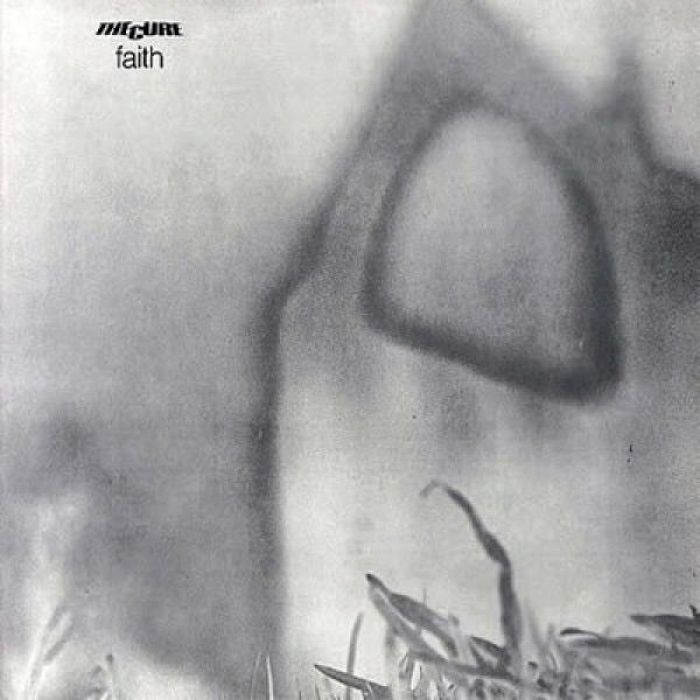
As far as the Cure’s darker material goes, Faith is an album that often gets overshadowed by Pornography, but I’ve always found it the more affecting of the two. It’s not as manic or nihilistic as its followup, but in a song like “All Cats Are Grey,” there’s a sad restraint that proves more resonant than Pornography‘s wheeling about on the edge of the abyss.
Faith was an album about existential dread and despair and “All Cats Are Grey” is its grand lament, thanks to the bleak lyrics — “I never thought that I would find myself/In bed amongst the stones/The columns are all men/Begging to crush me” — and solemn rhythms, and an extended denouement that moves from weeping synths to funereal piano notes ringing with loss and loneliness.
4. “Charlotte Sometimes” (Single, 1981)
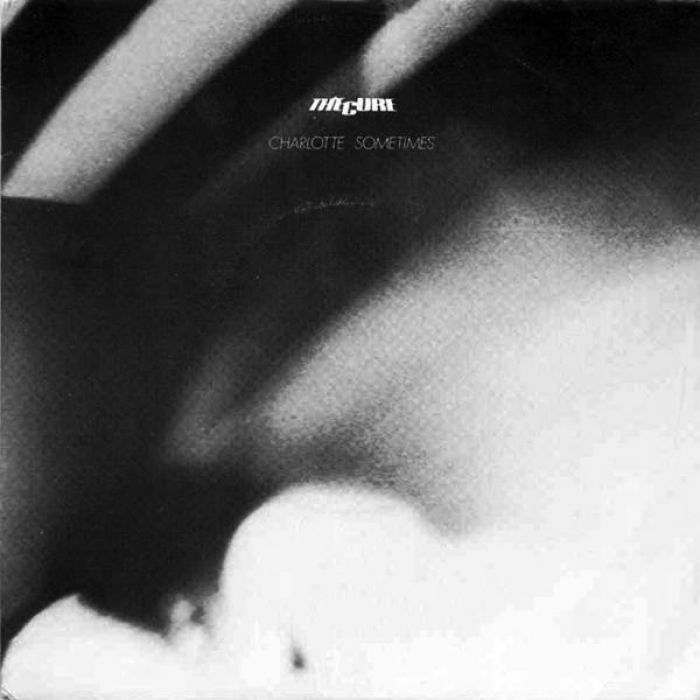
Inspired by Penelope Farmer’s children’s novel, “Charlotte Sometimes” is The Cure at their most beguiling and enchanting. The lyrics are surreal, made even moreso by Smith’s reaching voice. The music, which is heavily synth-driven and vaguely dance-able, is quite at odds with the rest of the music put out by the Cure at this time — “Charlotte Sometimes” was originally released between Faith and Pornography — but nevertheless contains that exotic, otherworldly quality that defines the Cure’s best music.
And I’d be remiss if I didn’t mention the song’s video. The Cure’s distaste for music videos is well-documented, but with “Charlotte Sometimes” they achieved a true classic. The set-up is simple — a young woman walks through the empty halls of a school while the band’s omnipresent members watch over her with detached looks — but I always find the end results rather spellbinding.
5. “Lament” (“The Walk” Single, 1983)
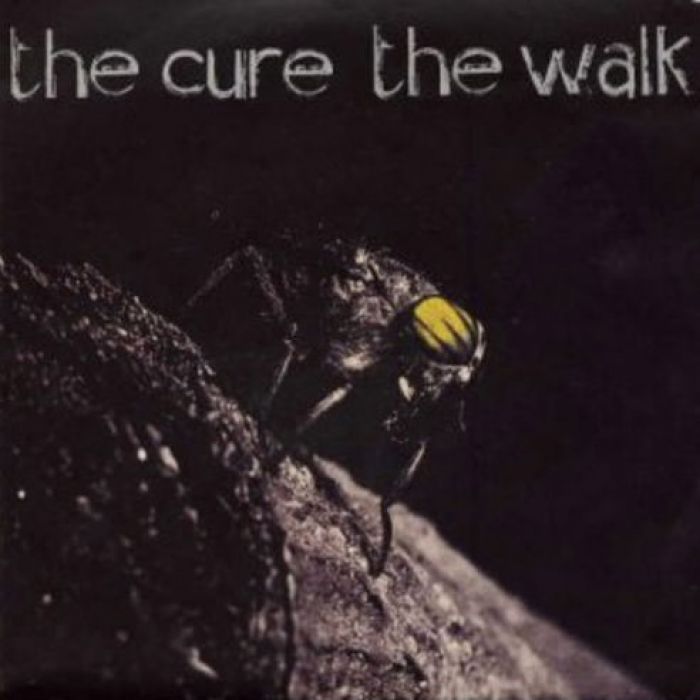
The Cure had been left in shambles after Pornography, thanks to internal strife, tour fatigue, and drug usage. Needing a change, Smith and Lol Tolhurst (bassist Simon Gallup had left the band) dropped the brooding “gothic” sound that had become their trademark and opted for a dancier, poppier sound that got downright disco at times.
This resulted in some of the silliest songs in the Cure’s history (e.g., “Let’s Go To Bed,” “The Walk”). But even then, their music was still best described as “brooding,” which brings us to “Lament.” While not nearly as poppy as its a-side (“The Walk”), “Lament” still has the same emphasis on drum machines and synthesizers. And Pornography‘s shadow looms large; shades of that album appear in both “Laments”‘s surreal imagery — “One more ice cream river body/Flowed underneath the bridge/Underneath the bridge” — and its eerie, spectral sound.
(Interestingly, the band released “The Lovecats,” arguably their silliest song ever, just a few months after releasing “The Walk” single. Perhaps “Lament” let them get Pornography out of their system, if only for awhile.)
6. “A Night Like This” (The Head on the Door, 1985)
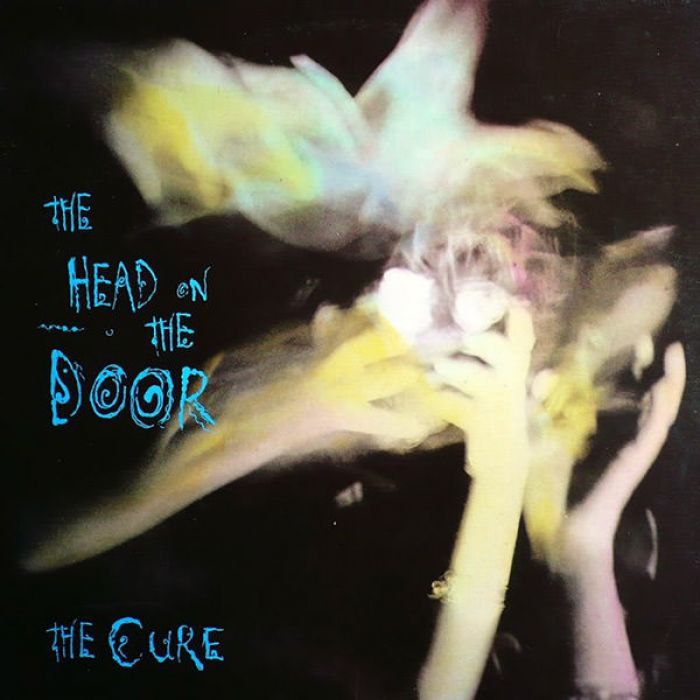
Put simply, “A Night Light This” is The Cure’s power ballad. (I blame Ron Howe’s sax solo). Or, to put it another way, “A Night Like This” is a song that I would probably dislike quite a bit had it been done by any other band.
Structurally and musically, it’s pretty simple and straightforward, though I’ve always loved the way the shimmering guitars in the background give it an otherworldly feel (and I’ll admit, I actually don’t mind the sax solo, cheesy though it may be). But Smith’s voice takes it down the oh-so-dreamy path that only The Cure seems capable of walking without embarassing themselves (for the most part). Lyrically, it’s yet another song about regret and lost love, but can you really picture anyone else singing these lyrics?
I’m coming to find you if it takes me all night
A witch hunt for another girl
For always and ever is always for you
Your trust the most gorgeously stupid thing
I ever cut in the world
I can’t, but Smith makes it sound all so sincere, and I love him for that.
7. “Last Dance” (Disintegration, 1989)
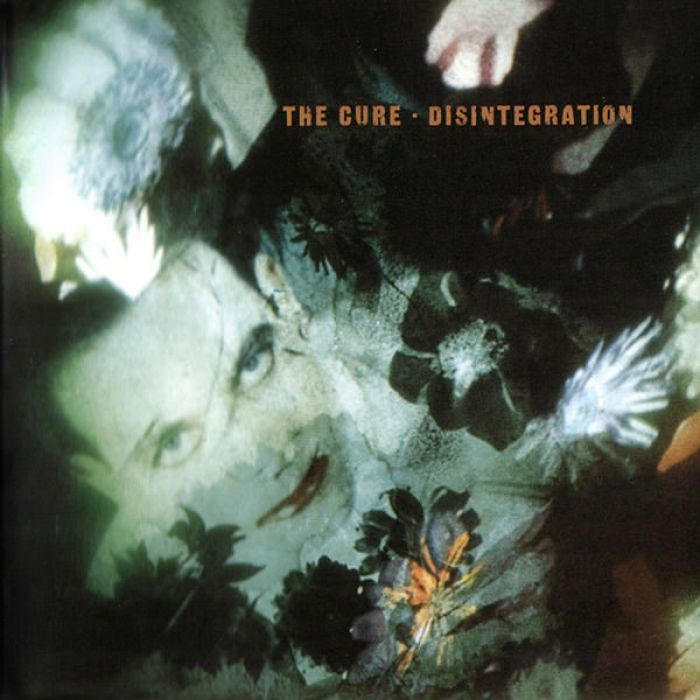
There are the obvious touchstones on Disintegration: “Pictures of You,” “Lovesong,” “Lullaby,” and “Fascination Street.” But for me, the album’s highlight has always been “Last Dance,” and it’s been that way since my earliest experiences with the album. A painfully nostalgic tale of a love that has grown cold with the passage of time, it could be seen as “Lovesong“ ‘s opposite or counterpart. However, that would diminish a song that contains an entire world all its own.
And what an amazingly detailed world, thanks to the intro’s wintry setting of sighing synths and shimmering guitars, the stumbling, off-kilter drums and loping bass, and of course, Smith’s lyrics:
But Christmas falls late now, flatter and colder
And never as bright as when we used to fall
And even if we drink, I don’t think we would kiss
In the way that we did
When the woman was only a girl
“Last Dance” is a perfect example The Cure’s uncanny ability to be both thoroughly enchanting and thoroughly depressing within the same song.
8. “Disintegration” (Disintegration, 1989)

Over time, The Cure began moving away from a scrappy post-punk sound towards something more grandiose and at times, downright self-indulgent. By the time Kiss Me, Kiss Me, Kiss Me came around, they had begun playing complex, epic songs pushing the 7-minute mark — e.g., “The Same Deep Water as You,” “From the Edge of the Deep Green Sea,” “Watching Me Fall” — and it’s a tendency that has lasted until recently.
Of all of their epics, “Disintegration” is by far my favorite. It’s over 8 minutes long, but from the moment the song begins with the sound of breaking glass, it’s a wild ride that never lets up for a second. The song’s snappy drumming, propulsive bassline, distorted guitars, and arpeggiated synths have an urgency to them that hearkens back to the band’s post-punk roots. Meanwhile, Smith slowly works himself into a frenzy of despair and cynicism as he sings:
But I never said I would stay to the end
So I leave you with babies and hoping for frequency
Screaming like this in the hope of the secrecy
Screaming me over and over and over
I leave you with photographs
Pictures of trickery
Stains on the carpet and stains on the scenery
Songs about happiness murmured in dreams
When we both of us knew
How the ending would be
Oh, and the distorted children’s choir that echoes Smith’s lyrics back to him? The sonic icing on the cake.
9. “2 Late” (“Lovesong” CD Single, 1989)
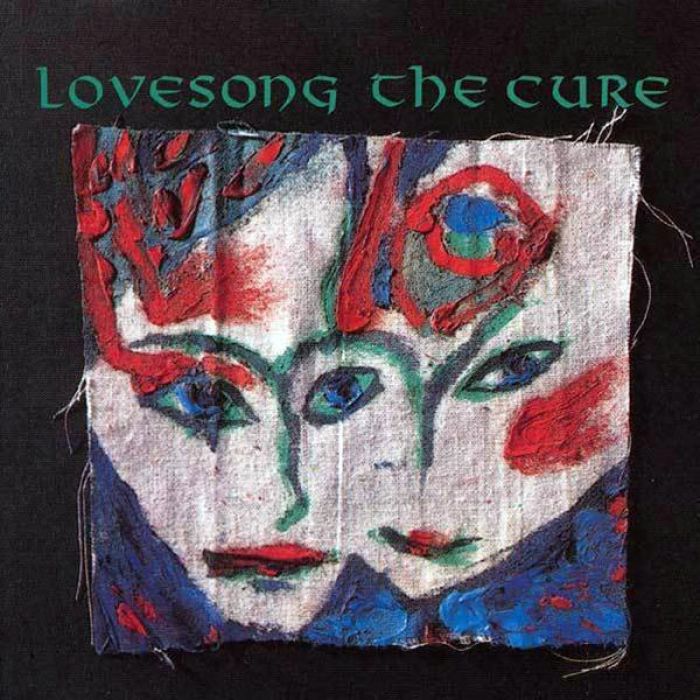
When I reviewed Join The Dots back in 2004, I described “2 Late” as “one of the best pure pop songs the band ever wrote, a 2-and-a-half-minute masterpiece that perfectly balanced pop appeal with melancholy poignancy.”
Six years later, I still stand by my assessment of the song. It’s short and sweet, and if you were to only hear a few strains, you might assume that it’s a giddy love song a la “Friday I’m In Love.” A closer listen, though, reveals a different story.
Musically, it taps into the same icy world that the aforementioned “Last Dance” inhabits (albeit in a catchier form), which lends the bittersweet lyrics — “If I could just once catch your eye/Invisible against the words/That hold you down in solitude/And never let you go — all the more wistful impact.
10. “A Letter to Elise” (Wish, 1992)
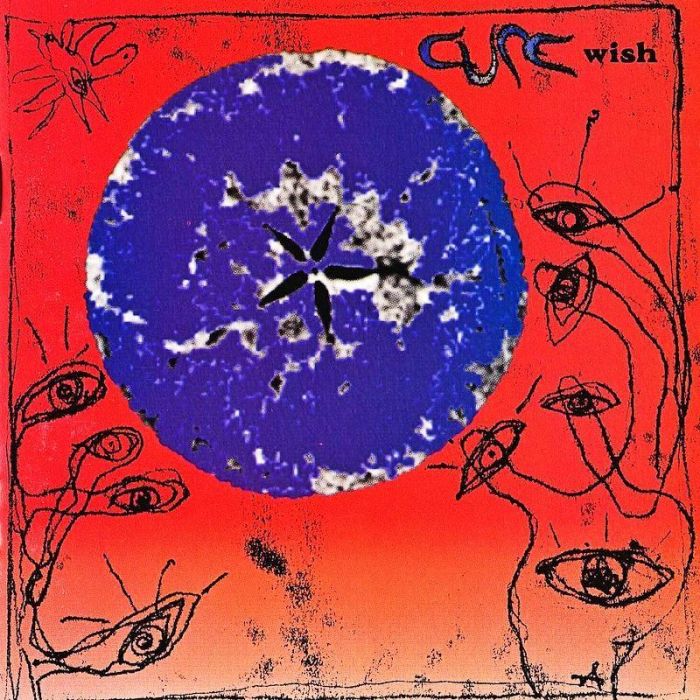
As is the case for many a Cure fan, my introduction to the band occurred in high school and involved a girl. As such, teenage angst and tragic, unrequited love are indelibly interwoven with the band’s music. And for me, “A Letter to Elise” is the ultimate Cure ode to those things.
The synth arrangements are sweeping and orchestral, lending the song’s mopery a certain grandeur, and they drift alongside delicate and fragile with toybox chimes. There’s that guitar solo, a soaring, ragged thing that is ripped right from the song’s heart. And the lyrics, oh the lyrics. Honestly, angst-ridden, crush-prone teenage boys should never, ever be exposed to lyrics like:
Oh Elise, it doesn’t matter what you do
I know I’ll never really get inside of you
To make your eyes catch fire the way they should
The way the blue could pull me in
If they only would, if they only would
At least I’d lose this sense of sensing something else
That hides away from me and you
There’re worlds to part
With aching looks and breaking hearts
And all the prayers your hands can make
Oh I just take as much as you can throw
And then throw it all away
[…]
Elise believe I never wanted this
I thought this time I’d keep all of my promises
I thought you were the girl always dreamed about
But I let the dream go and the promises broke
And the make-believe ran out
Melodramatic? Overwrought? Absolutely. But that didn’t prevent me from listening to “A Letter to Elise” countless times down in my basement while writing really bad poetry inspired by the lyrics for one crush or another (instead of, you know, actually talking to them). And to this day, the song is must-listen material for whenever I feel the need for a nice, good, long mope.
11. “This Twilight Garden” (“High” CD Single, 1992)
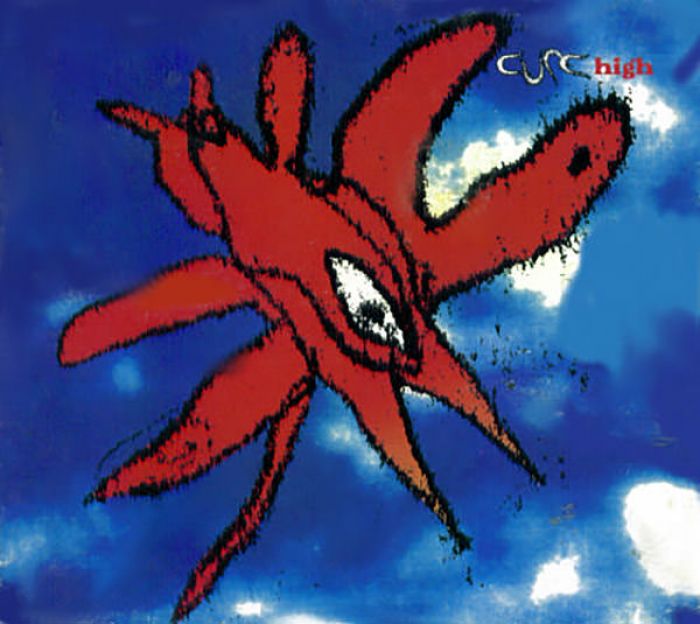
My first real dose of The Cure (ha!) came from a battered black cassette copy of Wish that my friend Leah gave me for my sixteenth birthday, and which I listened to repeatedly over the next few years. In addition to Wish, the cassette also contained some Wish-era b-sides (e.g., “This Twilight Garden,” “Play,” “The Big Hand”).
Those b-sides are among my favorite songs from that period in The Cure’s catalog, but it was “This Twilight Garden” that jumped out at me, and that has stuck with me fifteen years later.
“This Twilight Garden” contains some of the most unabashedly romantic, and even sensual lyrics that Smith has ever penned:
I lift my lips from kissing you
To kiss the sky cloud soft and blue
And slow the sun melts down
Into your golden words for me
I lift my hands from touching you
To touch the wind that whispers through
This twilight garden
Turns into a world where dreams are real
Noone will ever take your place
I am lost in you
Noone will ever take your place
So in love with you
Which, when combined with the band’s swirling, starlit atmospherics and oriental textures, results in an exotic, rapturous song that is a truly intoxicating listen.
12. “Burn” (The Crow Soundtrack, 1994)
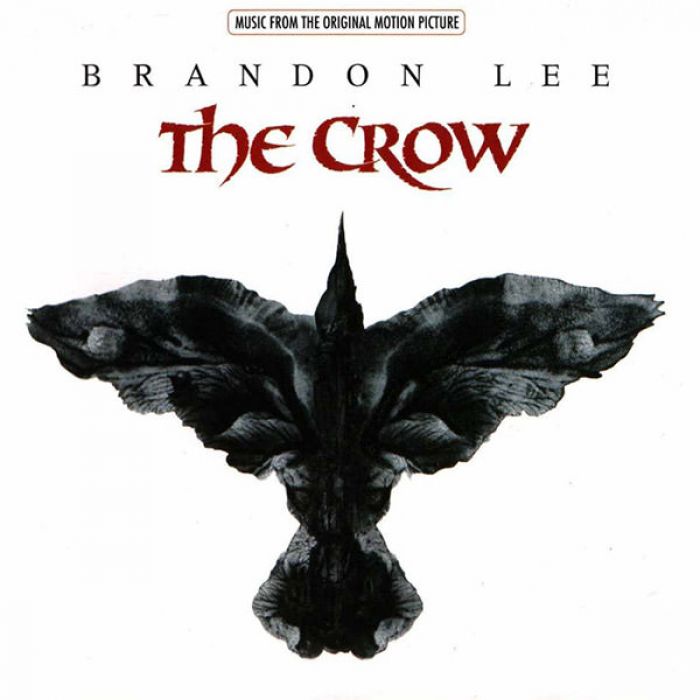
Robert Smith and The Cure don’t have the best track record when it comes to soundtrack contributions. (“Dredd Song,” anyone?) But “Burn,” their contribution to the cult classic The Crow is a spectacular song.
For starters, it’s a fabulous Cure song on its own. Though it was recorded in the period between Wish and Wild Mood Swings, “Burn” hearkens back to the Disintegration era, thanks to its densely layered, and even oppressive, atmospherics as well as its aggressive rhythms (think “Fascination Street” or “Closedown”).
But more importantly, it’s a perfect song for The Crow soundtrack, and not just because Smith sings about dreaming a “crow black dream.” Its aggressive, otherworldly sound fits the film’s mood and tone so much better than nearly all of the other soundtrack contributions, which feel like they were included simply because they were “dark,” “edgy,” and/or “alternative” (e.g., Machines of Loving Grace, Stone Temple Pilots, Rage Against The Machine, Helmet, Pantera).